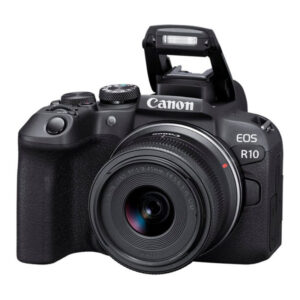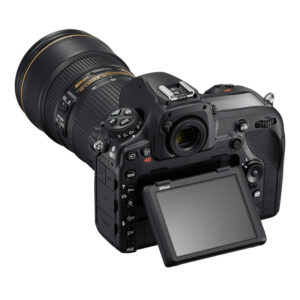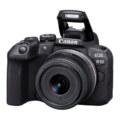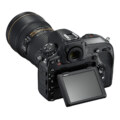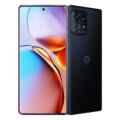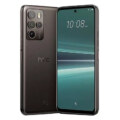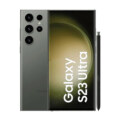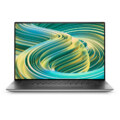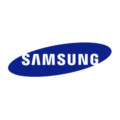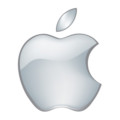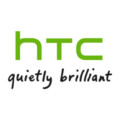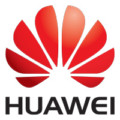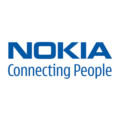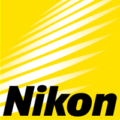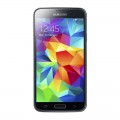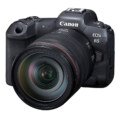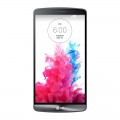- Home
- Store
- Compare
- Canon EOS R10 DSLR vs Nikon D850 DSLR
Canon EOS R10 DSLR vs Nikon D850 DSLR
Dimensions
|
Height
|
138.5mm
124mm
|
|
Width
|
97.5mm
146mm
|
|
Depth
|
88mm
79mm
|
|
Weight
|
650 grams
1015 grams
|
Display
|
Display Type
Display Technology => A number of display technologies and types used in mobile phones => TFT (Thin Film Transistor), IPS (In-Place Switching), OLED (Organic Light Emitting Diode), AMOLED (Active-Matrix Organic Light-Emitting Diode), Super AMOLED (an even advanced version of AMOLED), Resistive Touchscreen (Resistive touchscreens contain two layer of conductive material with a very small gap between them which acts as a resistance), Capacitive Touchsceen (Capacitive touchscreen technology consists of a layer of glass coated with a transparent conductor)
|
Clear View LCD II
TFT-LCD (WRGB)
|
|
Touch Screen
|
Capacitive method with menu functions, Quick Control settings, playback operations, and magnified display. AF point selection in still and Movies, touch shutter is possible in still photo shooting.
No
|
|
Size
|
3.15 inches
3.2 inches
|
|
Viewfinder
|
Optical + Electronic
Optical
|
|
Varying Angle Screen
|
|
|
Display Form Factor
|
Folding
Folding
|
Features
|
Camera Type
|
Point and Shoot Camera
Point and Shoot Camera
|
|
Integrated Flash
|
|
|
Flash Modes
|
Auto, Off, Fill-in, Slow sync, Rear curtain sync, Red-eye reduction
Auto, Off, Fill-in, Slow sync, Rear curtain sync, Red-eye reduction
|
|
HDR Mode
|
|
Performance
|
Water Resistant
|
No
No
|
|
Shock Resistant
|
Yes
Yes
|
|
Instant Print
|
No
No
|
|
Orientation Sensor
|
|
|
Audio Recording
|
|
|
Self Timer
|
Yes (2, 5, 10, 20 secs for up to 9 shots)
Yes (2, 5, 10, 20 secs for up to 9 shots)
|
|
Shutter Speeds
|
1/8000s - 30s
1/8000s - 30s
|
Imaging
|
Effective Megapixels
|
24.2 megapixels
46 megapixels
|
|
Optical Zoom
|
5x
5x
|
|
Optical Zoom Type
|
Automatic
Automatic
|
|
Digital Zoom
|
2x
2x
|
|
Long Zoom
|
|
|
Optical Image Stabilization
|
|
|
Face Detection
|
|
|
Brightness Control
|
|
|
Burst Mode
|
|
|
Image Resolution
|
8256 x 5504 pixels
8256 x 5504 pixels
|
|
Image File Format(s)
|
JPEG, DCF 2.0, Exif 2.3, MRF, RAW, TIFF, NEF
JPEG, DCF 2.0, Exif 2.3, MRF, RAW, TIFF, NEF
|
|
Movie Mode
|
|
|
Video Resolution
|
2160p @120fps, 3840×2160 pixels
2160p @30fps, 3840×2160 pixels
|
Connectivity
|
Bluetooth
Bluetooth is a wireless communications technology for exchanging data between mobile phones, headsets, computers and other network devices over short distances without wires, Bluetooth technology was primarily designed to support simple wireless networking of personal consumer devices.
|
Yes
Yes
|
|
Infrared
Infrared connectivity is an old wireless technology used to connect two electronic devices. It uses a beam of infrared light to transmit information and so requires direct line of sight and operates only at close range.
|
|
|
Wi-fi
Wi-Fi is a popular wireless networking technology using radio waves to provide high-speed network connections that allows devices to communicate without cords or cables, Wi-Fi is increasingly becoming the preferred mode of internet connectivity all over the world.
|
Yes
Yes
|
|
Wi-fi Hotspot
|
|
|
USB
|
USB 3.0 (5 GBit/sec)
USB 3.0 (5 GBit/sec)
|
|
GPS
GPS The Global Positioning System is a satellite-based radio navigation system, GPS permits users to determine their position, velocity and the time 24 hours a day, in all weather, anywhere in the world, In order to locate your position, your device or GPS receiver must have a clear view of the sky.
|
No
No
|
|
NFC
NFC (Near field communication) is a set of standards for smartphones and similar devices to establish peer-to-peer radio communications with each other by touching them together or bringing them into proximity, usually no more than a few inches.
|
|
|
HDMI
HDMI (High-Definition Multimedia Interface) is a compact audio/video interface for transferring uncompressed video data and compressed or uncompressed digital audio data from a HDMI-compliant source device to a compatible computer monitor, video projector, digital television, or digital audio device.
|
|
|
Wireless Charging
Wireless Charging (Inductive Charging) uses an electromagnetic field to transfer energy between two objects. This is usually done with a charging station. Energy is sent through an inductive coupling to an electrical device, which can then use that energy to charge batteries or run the device.
|
No
No
|
Disclaimer Note
We always try our best to keep our website content and information updated and correct, the material and information contained on our website is for general information purposes only, You should not rely upon the material and information as a basis for making any business, legal or any other decisions.
